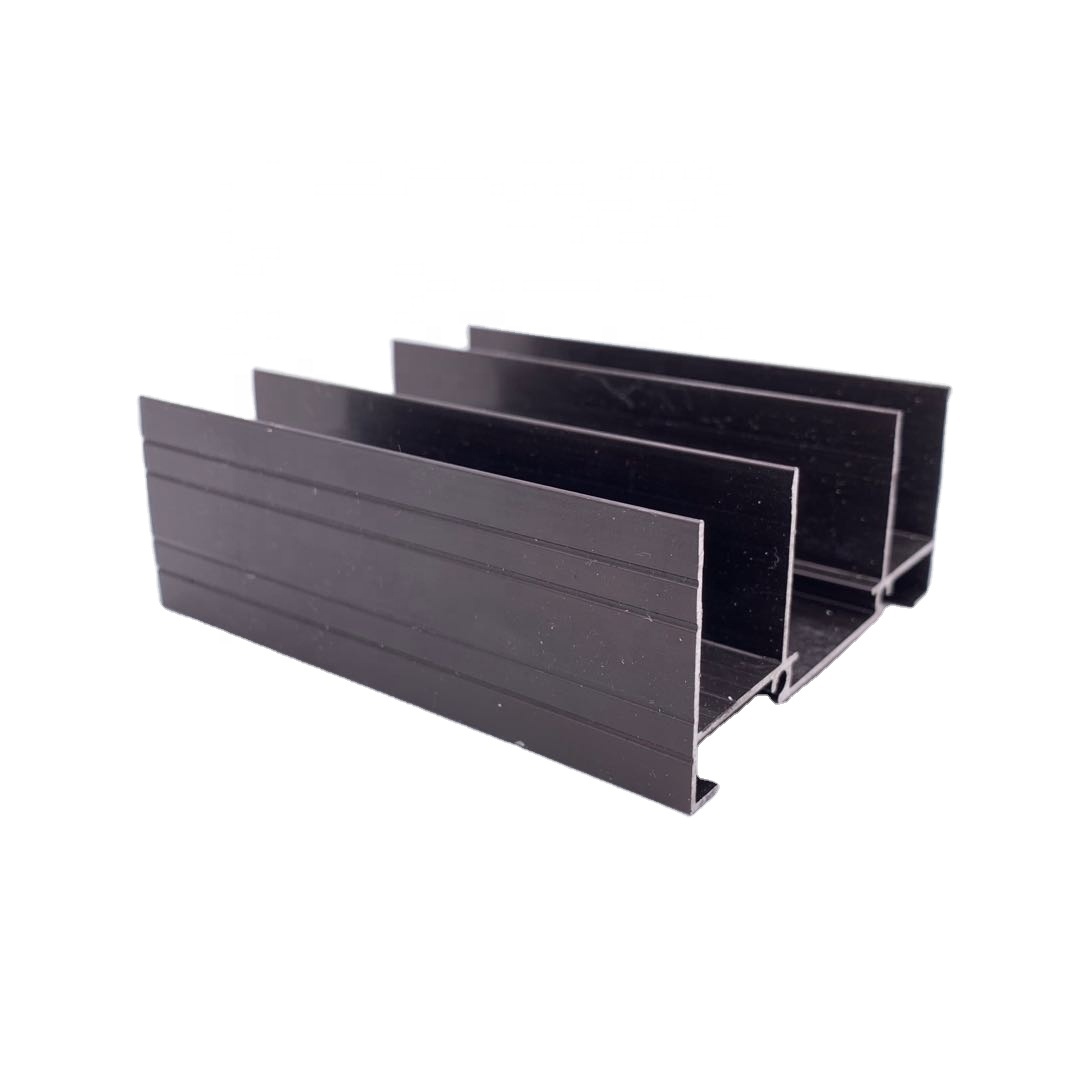Hey there, aluminum enthusiasts! Rina Meng here, your trusty guide to all things aluminum profiles. Today, we're embarking on an epic adventure into the production process of aluminum alloy profiles. It's like a rollercoaster ride through the twists and turns of aluminum craftsmanship. So, buckle up and get ready for a wild ride!
Let's start at the very beginning, shall we? Mold making is where the magic begins. It's like the birth of a superhero, where the mold becomes the ultimate tool for creating aluminum profiles. We've got CAD SOLID WORK software in the house, designing accurate drawings like a boss. And then it's off to the lathe for some machining action, where the mold steel billet is transformed into the perfect shape. It's like watching a sculptor bring a block of marble to life!
But wait, there's more! We've got heat treatment in a vacuum quenching furnace, strengthening the mold's hardness. It's like giving the mold a power-up, making it more durable and ready to take on any aluminum extrusion challenge. And let's not forget about wire cutting and EDM machining, where we fine-tune the mold to perfection. It's like giving the mold its final touch-ups, making sure it's smooth and ready to create aluminum profiles that will make heads turn!
Now that we've got our trusty mold in hand, it's time to move on to the casting stage. Picture this: the furnace is loaded with ingredients, like aluminum ingots and intermediate alloys. It's like cooking up a delicious recipe, but instead of a tasty meal, we're creating the raw materials for our aluminum profiles. The aluminum ingots are melted using natural gas, stirring them to ensure a uniform composition and temperature. It's like we're master chefs, carefully preparing the perfect aluminum alloy blend!
But we're not done yet, my friends. We've got refining and deslagging on the agenda. It's like giving our molten aluminum a spa treatment, removing any impurities and making it shine. And then, it's time for continuous casting, where we create aluminum rods of various specifications. It's like we're sculpting the future of aluminum profiles, shaping them to meet our design dreams!
But hold on tight, because the next stage is where the real action happens—squeezing! First, we heat up the aluminum rod, controlled between 410 and 500 degrees. It's like giving the aluminum a warm hug before the extrusion process begins. And then, with the principle of "high temperature and low speed, low temperature and high speed," we extrude the profile. It's like watching a superhero flex their muscles, shaping the aluminum with precision and finesse!
But we're not done yet, my aluminum-loving pals. We've got straightening on the agenda. It's like a chiropractic session for our profiles, making sure they're perfectly aligned and free from any defects. And let's not forget about artificial aging, where we treat the profiles to improve their strength. It's like we're giving them a secret potion that makes them stronger and more resilient!
Now, it's time to pack our profiles into the warehouse. It's like sending them off to their new homes, ready to be transformed into stunning windows and doors. But hold on tight, because we're not done exploring the production process just yet!
Next up, we've got surface treatments like fluorocarbon treatment and powder coating. It's like adding a touch of magic to our profiles, making them even more durable and stylish. With fluorocarbon treatment, we spray difluorohexene on the aluminum alloy, creating a uniform color and excellent anti-fouling ability. It's like giving our profiles a superhero suit that protects them from the elements!
And let's not forget about powder coating, where we apply a powder coating through electrostatic action. It's like giving our profiles a vibrant makeover, with strong adhesion, wear resistance, and UV resistance. It's like they're wearing a coat of armor, ready to take on whatever the world throws at them!
But wait, there's more! We've got oxidation and electrophoresis on the menu too. With oxidation, an aluminum oxide film is formed on the surface through electrolysis. It's like giving our profiles a natural shield, protecting them from corrosion and adding a variety of colors. And with electrophoresis, we cover the oxide film with a water-soluble acrylic paint film. It's like giving our profiles a smooth and beautiful surface, with enhanced water resistance and wear resistance. It's like they're getting a spa treatment and a makeover all in one!
Last but not least, we've got the broken bridge technique. It's like adding a secret ingredient to our profiles, making them meet the heat insulation requirements. We've got two methods: the strip type and the glue injection type. With the strip type, we toothe the aluminum profile, insert insulation strips, and roll them together to create a new type of profile. It's like a puzzle, fitting the pieces together to create a masterpiece! And with the glue i
njection type, we seal the injection cavity, cut the bridge, and create a profile that meets the heat insulation requirements. It's like we're performing surgery on our profiles, giving them a makeover that keeps them cozy and energy-efficient!
Overall, my aluminum-loving pals, the production process of aluminum alloy profiles is a true work of art. From mold making to broken bridges, it's a journey filled with creativity, precision, and innovation. It's like watching a masterpiece come to life, one aluminum profile at a time!
So, thank you for joining me on this thrilling adventure into the world of aluminum alloy profiles. Remember, behind every stunning window and door, there's a production process that's as fascinating as it is complex. Until next time, keep shining and rocking the aluminum universe! Catch you on the flip side with a pocket full of aluminum dreams!
Note: The content provided in the reference is used as the factual basis for writing this blog post.


 online service
online service 0086 13635632360
0086 13635632360 sales@sxalu.com
sales@sxalu.com 008617309695108
008617309695108